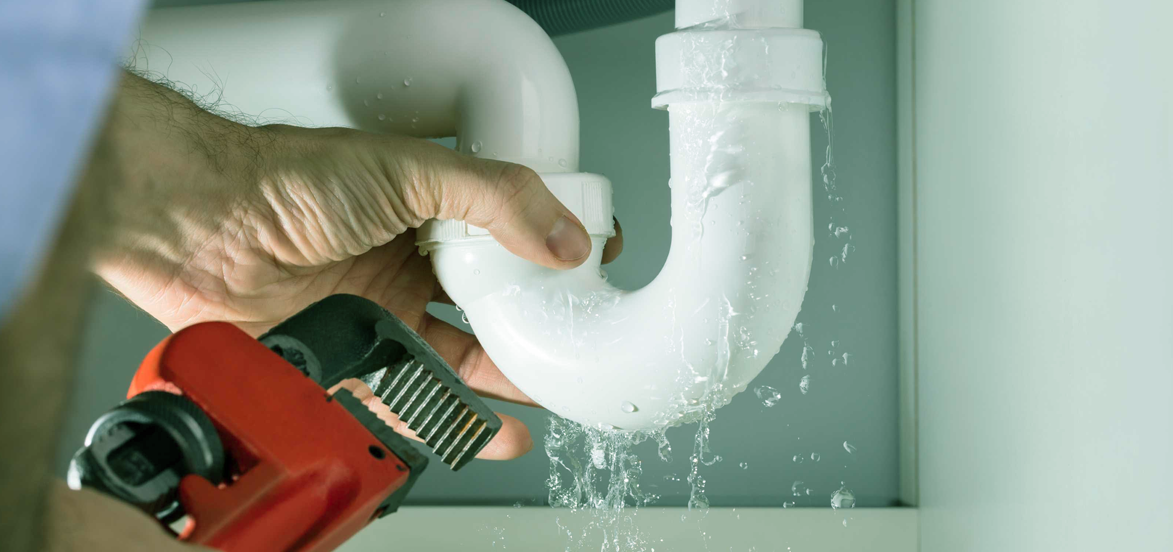Just how to Inspect If Your Home Has a Concealed Leakage
Just how to Inspect If Your Home Has a Concealed Leakage
Blog Article
We have encountered the article about Finding hidden leaks listed below on the internet and decided it made good sense to write about it with you on this page.

Early detection of dripping water lines can minimize a possible disaster. Some small water leakages may not be noticeable.
1. Check Out the Water Meter
Examining it is a surefire method that assists you discover leakages. If it relocates, that shows a fast-moving leakage. This means you might have a sluggish leakage that might also be underground.
2. Check Water Usage
Evaluate your water expenses and track your water usage. As the one paying it, you should see if there are any inconsistencies. If you identify sudden changes, despite your consumption coinciding, it suggests that you have leaks in your plumbing system. Keep in mind, your water expense must fall under the exact same array each month. A sudden spike in your bill indicates a fast-moving leakage.
A stable boost every month, also with the same routines, reveals you have a sluggish leak that's additionally slowly rising. Call a plumber to thoroughly inspect your home, specifically if you really feel a cozy location on your floor with piping beneath.
3. Do a Food Coloring Test
When it comes to water usage, 30% comes from commodes. If the color in some way infiltrates your bowl during that time without flushing, there's a leak between the storage tank and also bowl.
4. Asses Outside Lines
Don't neglect to check your exterior water lines as well. Ought to water leak out of the link, you have a loosened rubber gasket. One little leak can squander lots of water and also spike your water bill.
5. Examine the circumstance and also examine
Property owners should make it a habit to check under the sink counters and also inside closets for any bad odor or mold development. These 2 red flags show a leakage so punctual interest is called for. Doing regular assessments, also bi-annually, can conserve you from a significant issue.
If you know your house is already old, maintain a watchful eye on your heating units, hose pipes, pipelines etc. Check for stainings and also weakening as many pipelines and appliances have a life span. They will additionally naturally deteriorate as a result of wear and tear. Don't wait for it to rise if you believe dripping water lines in your plumbing system. Call a specialist plumber immediately so you don't end up with a horrible mess in your house.
Early detection of dripping water lines can minimize a possible calamity. Some small water leaks might not be visible. Checking it is a guaranteed way that aids you discover leaks. One little leak can throw away tons of water and also spike your water costs.
If you think dripping water lines in your plumbing system, do not wait for it to escalate.
WARNING SIGNS OF WATER LEAKAGE BEHIND THE WALL
PERSISTENT MUSTY ODORS
As water slowly drips from a leaky pipe inside the wall, flooring and sheetrock stay damp and develop an odor similar to wet cardboard. It generates a musty smell that can help you find hidden leaks.
MOLD IN UNUSUAL AREAS
Mold usually grows in wet areas like kitchens, baths and laundry rooms. If you spot the stuff on walls or baseboards in other rooms of the house, it’s a good indicator of undetected water leaks.
STAINS THAT GROW
When mold thrives around a leaky pipe, it sometimes takes hold on the inside surface of the affected wall. A growing stain on otherwise clean sheetrock is often your sign of a hidden plumbing problem.
PEELING OR BUBBLING WALLPAPER / PAINT
This clue is easy to miss in rooms that don’t get much use. When you see wallpaper separating along seams or paint bubbling or flaking off the wall, blame sheetrock that stays wet because of an undetected leak.
BUCKLED CEILINGS AND STAINED FLOORS
If ceilings or floors in bathrooms, kitchens or laundry areas develop structural problems, don’t rule out constant damp inside the walls. Wet sheetrock can affect adjacent framing, flooring and ceilings.
https://www.servicemasterbyzaba.com/blog/how-to-detect-water-leakage-in-walls/

As a serious reader about Leaking water lines, I imagined sharing that excerpt was worth the trouble. Liked our blog entry? Please share it. Let others discover it. Many thanks for your time invested reading it.
Report this page